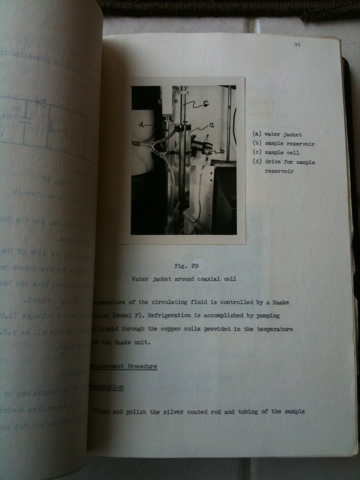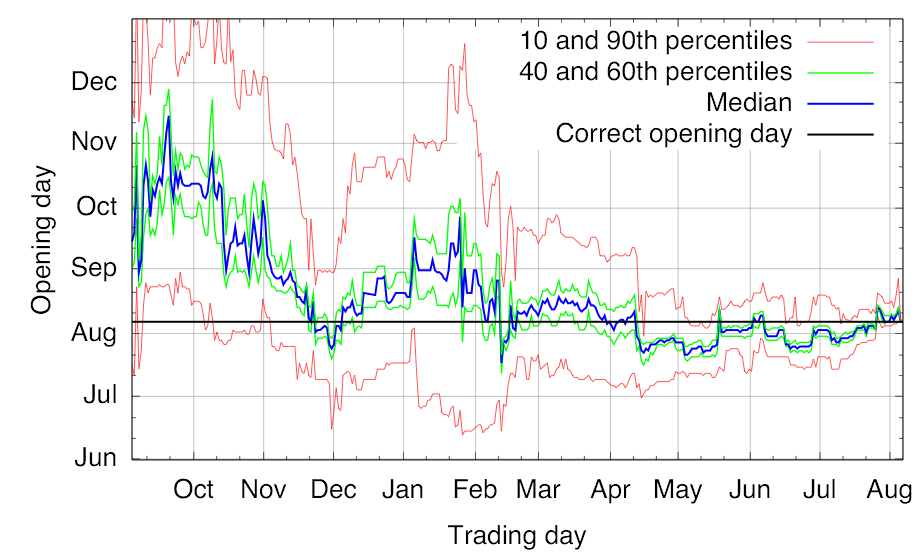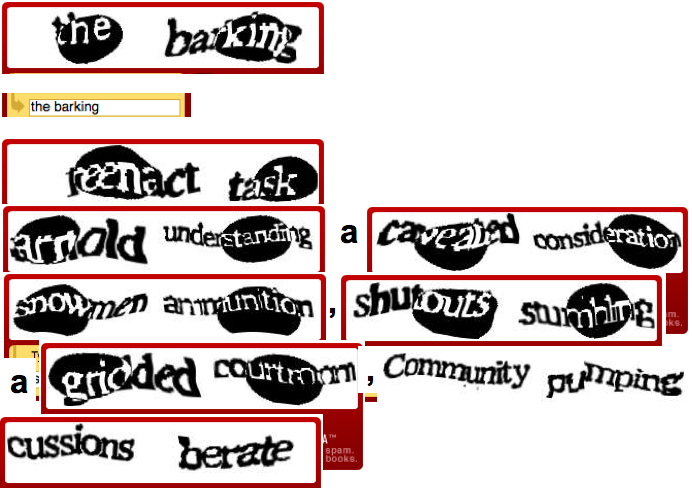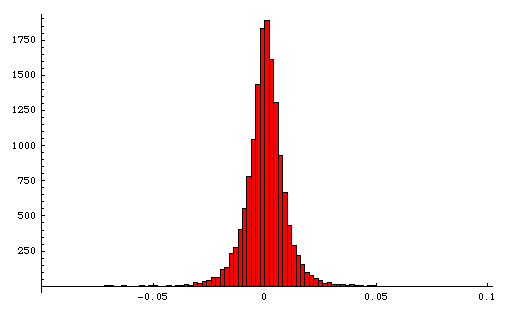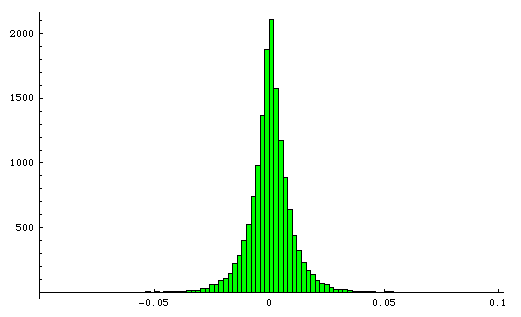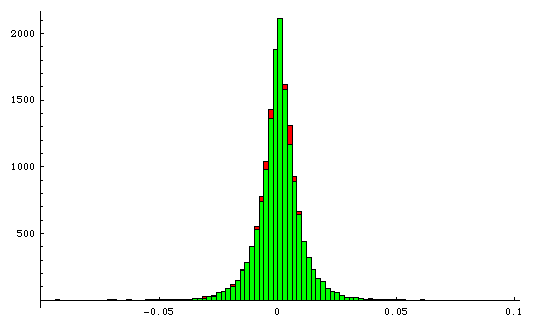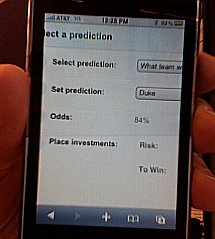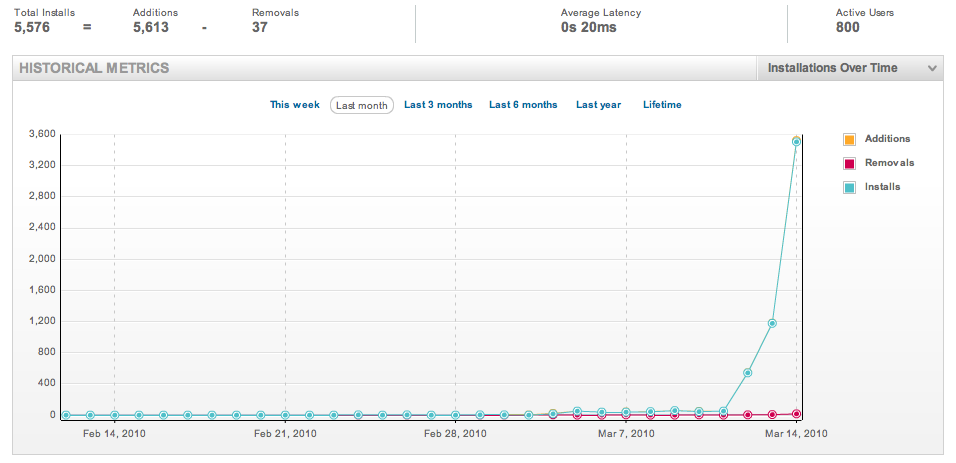First: I did it! A perfect 16 out of 31. I completed the (ok, my) World Blogging Month challenge to blog every odd day in the month of March.
Last year WoBloMo leapt out of the gates with five participants but I fell five hours short of the goal. As far as I know only Anthony and I returned for year two. He succeeded too according to official Australian Rules.
Again, I found the exercise worthwhile, clearing a number of items out of my queue, albeit mostly the easy and inane ones (c.f. the barking), and boosting readership.
In fact, I enjoyed it so much that I’ve signed up for World Blogging Year (WoBloYe). I will blog every odd day of every month at least through the end of 2010, starting today.
In fact I have formally pledged to stickk to my goal. Moreover, I am putting my money where my mouth is, PM-style. For every odd day of the month that passes blog-post-free I will donate $100 to my anticharity, the re-election fund for Don McLeroy. If I miss two deadlines in a row, my antidonation will double. Three missed deadlines in a row and it will quadruple, etc.
I’ve enlisted kibotzer’s help and you can follow my progress there. Wish me luck!
Update 2010/04/02: April Fools!
P.S. In all seriousness, read that New York Times article about Don McLeroy. It’s one of the scariest articles I’ve read in a long time. It’s about how ultra conservatives on the Texas board of education are rewriting history and science according to biblical and republican dogma, and how standards in that enormous state can dictate what gets printed in textbooks nationwide. They’ve done things like add Newt Gingrich and delete Edward Kennedy as significant Americans. They’ve banned classic children’s books by Bill Martin Jr. because they confused him with a different Bill Martin, author of “Ethical Marxism”.
It is the most crazy-making thing to sit there and watch a dentist and an insurance salesman rewrite curriculum standards in science and history. Last year, Don McLeroy believed he was smarter than the National Academy of Sciences, and he now believes he’s smarter than professors of American history.


